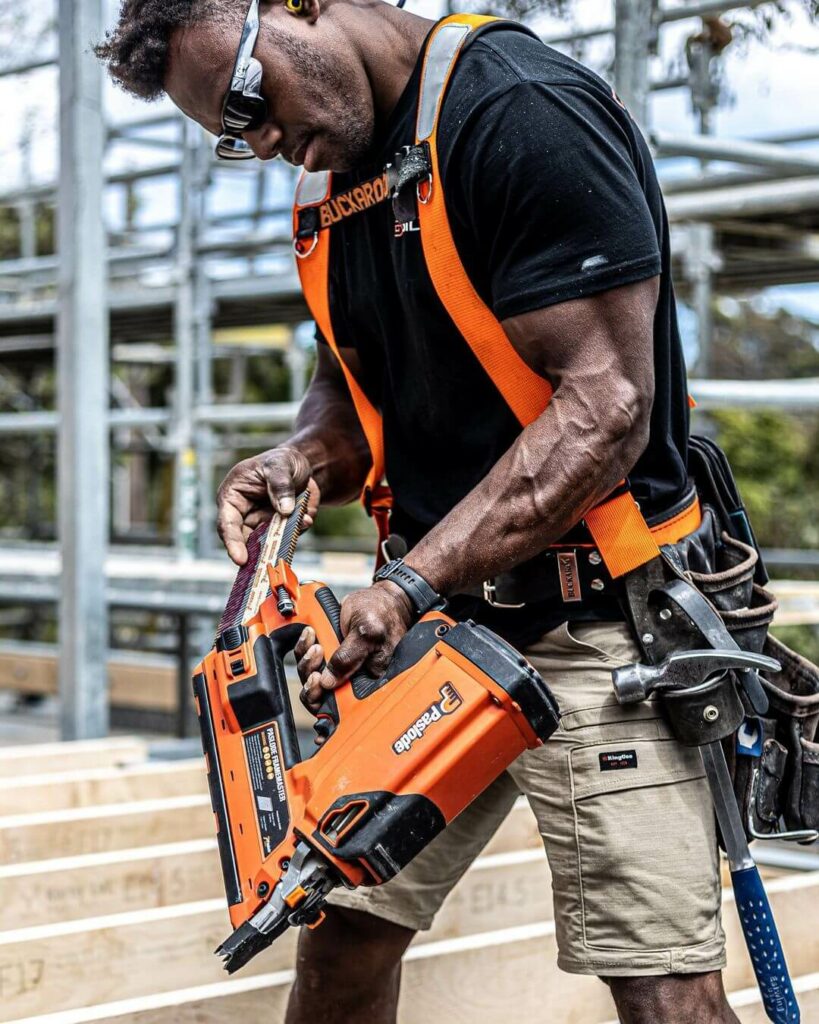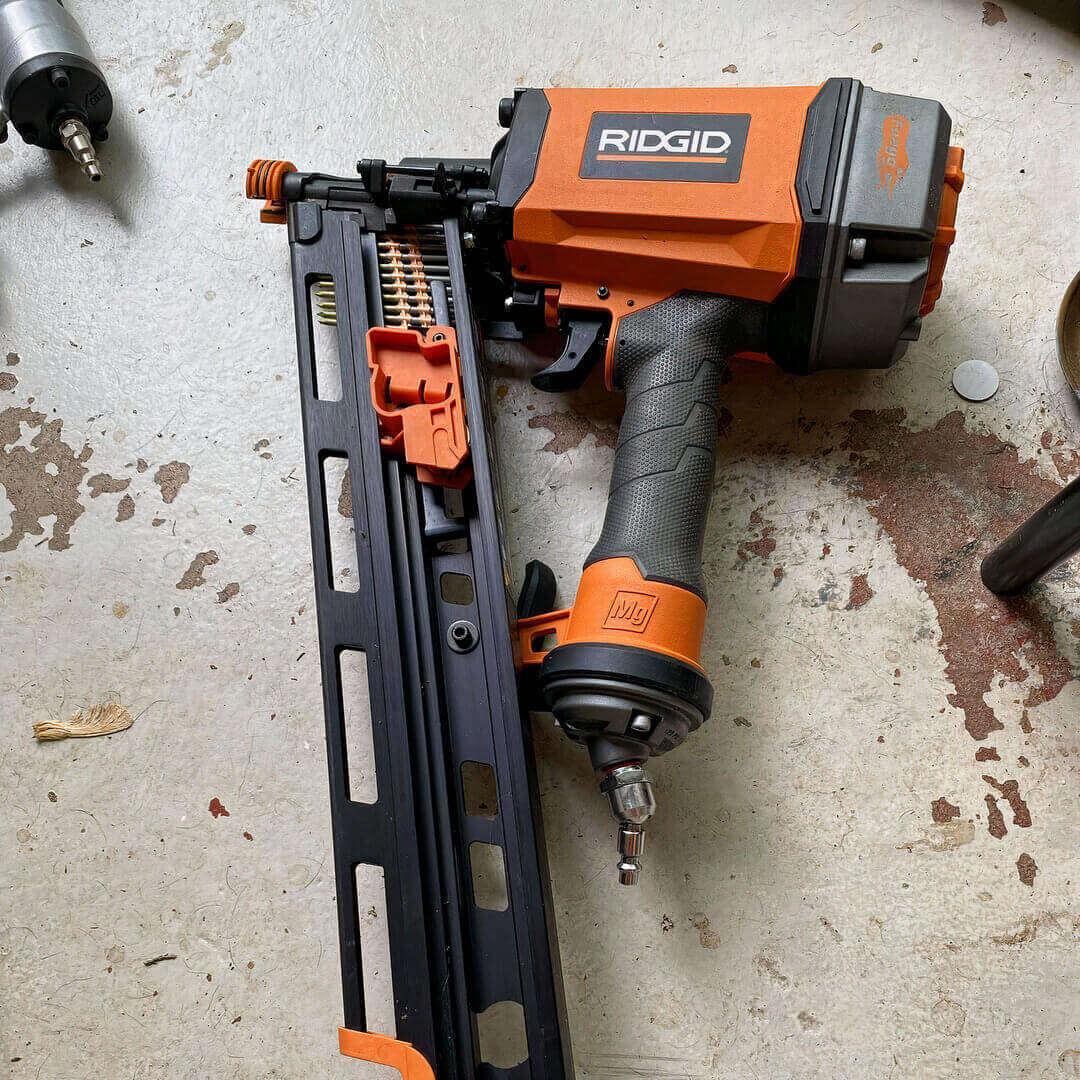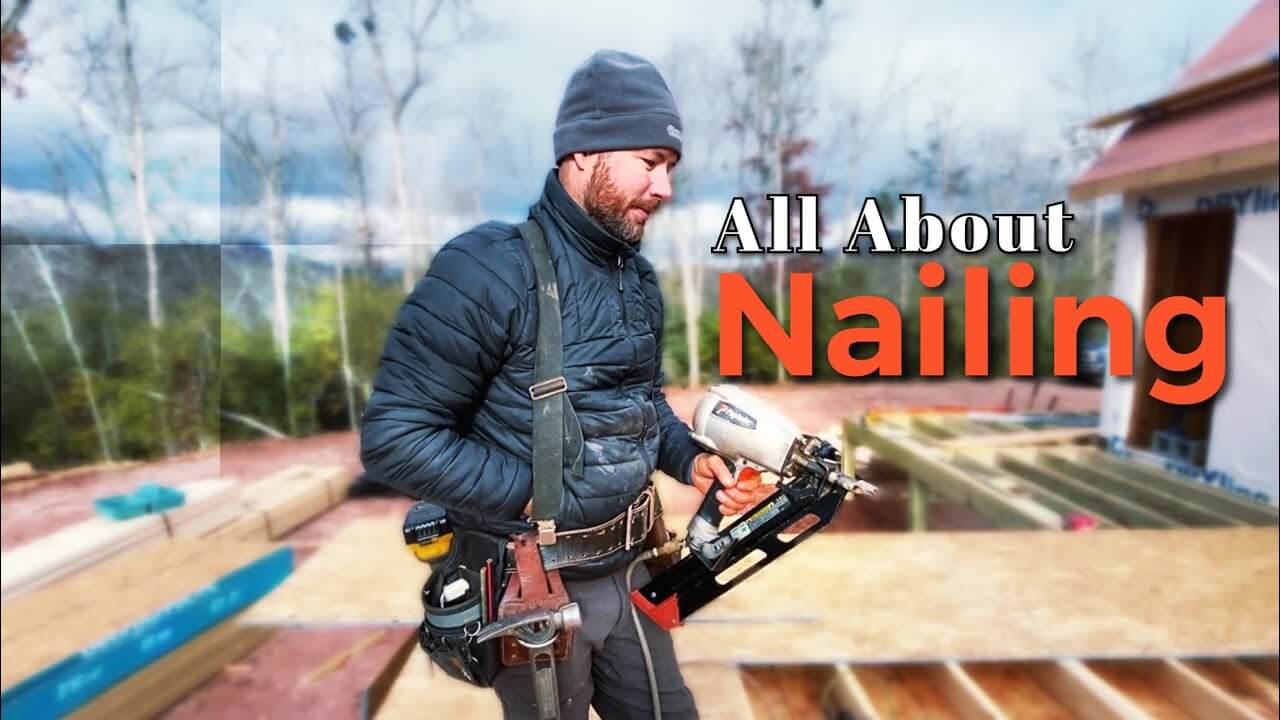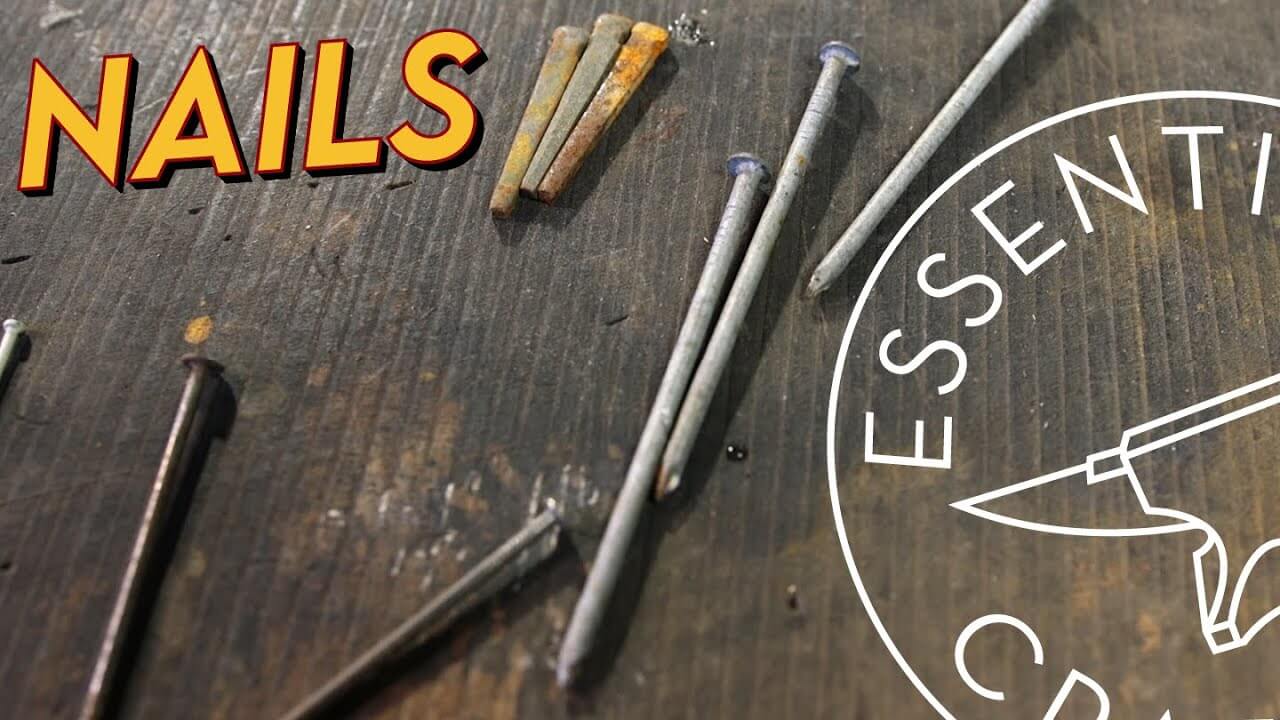What Size Nails for Framing Should Be Used?
Framing is best done with 16d, 10d, 8d, or 6d nails. Sinker nails are preferred as they go through the wall more easily, have an epoxy coating to protect them from rust and corrosion, and are more efficient.
If you’ve got a wall framing project on the cards, we’re here to tell you that you shouldn’t dismiss or shrug off the type of nail that you’ll be using for the project. Which nail you use will impact not only how strongly your structure stands up but also how it ends up looking.
Here’s everything you need to know about what size nails for framing are ideal.
What Size Nails Do You Need for Framing?
Just as framing your wall requires much planning and research, so do the nails that you’re going to use for your framing purposes. The right framing nailer and nails are essential for the best results.
The proper nails are as important as the suitable material, as they will keep your wall standing for as long as possible.
Too long a nail can split the wood, while too short a nail will not keep the frame together. Therefore, it’s essential to find a nail type that perfectly balances length and size, which is usually three times the length of the surface you’re working with.
First, let’s take a look at the types of framing nails that can be used.
Types of Framing Nails
There are many types of framing nails, but the primary ones used are common nails, deck nails, sinker nails, galvanized nails, and stainless steel nails.
Each nail type comes with its own pros, cons, size, width (usually expressed through penny nails), and length.
| Nail Type | Pros | Cons | Size (Penny) | Length (inches) |
|---|---|---|---|---|
| Deck Nails | Strong, diamond shape for decking | May split wood, longer length | 10-60 | 4-12 |
| Common Nails | Widely available, affordable | Difficult to drive, may split wood | 2-60 | 1-6 |
| Sinker Nails | Easier to drive than common nails | May split wood, slightly weaker | 2-60 | 1-6 |
| Galvanized Nails | Resistant to rust and corrosion | More expensive than uncoated nails | 2-60 | 1-6 |
| Stainless Steel | Resistant to rust and corrosion | Most expensive type of nail | 2-60 | 1-6 |
| Box Nails | Less likely to split thin lumber | Less holding power than other nails | 2-60 | 1-3.5 |
| Connector Nails | Strong and thick, for hardware | Can be difficult to drive | 10-60 | 1.5-3.5 |
| Duplex Nails | Easy to remove after framing job | May not be as strong as other nails | 6-16 | 1.5-3.5 |
| Metal Anchors | Can be used for a variety of tasks | May require specialized tools | N/A | N/A |
Some of the metal anchors you can use for the job include molly bolts, toggle bolts, and bolt anchors. However, make sure that you use the right metal anchors for the job; different types are built to support different weights.
What Size and Type of Nail is Ideal?
The size of the nail used will depend on the specific purpose you’re using it for. On the whole, though, nails ranging in size from 2d to 5d are not recommended as they’re too small to be of any real help.
For most framing jobs involving 2x4s, 16D or 18D nails will work, which means the gauge size is 16d, and the length of the nail is about 3.5 inches. These nails are also called 16-penny nails.
For outdoor framing, use vinyl-coated or galvanized nails as these can withstand rusting and damage from weather elements. For indoor jobs, common nails will work.
Also, since you will most likely be using a nail gun, make sure that the nail you choose fits the nail gun you’re using. Most nail types only work with similarly branded nail guns.
The Best Nails for the Job
Here is a table to help you breakdown some of the best nails for your framing job:
| Nail Type | Ideal Use | Length (inches) | Diameter (inches) | Best For |
|---|---|---|---|---|
| 16d | Rim joints, wall plates | 3.5 | Varies | Sinker nails preferred to prevent splitting |
| 10d | Truss drawings, building plans | 3 | < 0.15 | Double wall studs, joining boards |
| 8d | Furring strip, subflooring, attaching wall plates and studs | 2.5 | < 0.15 | Smaller framing projects |
| 6d | Minimizing damage when small nails needed | 2 | 0.12 | Reduced damage when used for framing |
Tips for Picking Out the Right Nail Size
There are a variety of nail sizes, as we’ve seen, that are available for framing jobs. Each type differs in thickness, length, and purpose.
Picking out the right size will help you cut down unwanted expenses, keep your structure firmly in place, and benefit the entire project.
Here’s what you should bear in mind when picking out your nails.

Nail Diameter and Length
If you scratched your head at the term “penny nail” mentioned earlier, here’s some clarification on the term!
“Penny” is a specific system used to measure the length of a nail and is represented by the letter “d” (short for denarius). As we saw above, you’ll commonly find 6d, 8d, 10d, and 16d nail sizes. The diameter is usually proportionate to the length. Nails with smaller diameters are not used for framing.
Nail Materials
Nails are usually made from steel, but these are prone to rust and corrosion. Where possible, opt for stainless or galvanized steel. The nail material can make a difference in the result.
Nail Gun
Make sure you use the right nail gun for the nail size you’re using. Refer to the guide to find out what kinds of nails may be used with your gun. Some guns may only accept one side of the nail; one that accepts both is recommended.
Nail Finishes
A coated nail is one that is protected from rusting. You can identify an untreated nail by its color—it’s usually much brighter than the treated ones.
While untreated nails will work for indoor purposes, you’re better off with coated nails (galvanized or vinyl-coated) for the outdoors. You can also use black-phosphate-coated nails, also known as drywall nails, for indoor jobs and zinc-plated nails.
Note, you can’t use some of these on certain wood species, such as cedar, as they can stain or damage the wood.
Why Do Builders Prefer Sinker Nails?
If you ask any builder, they’ll tell you that a sinker nail is an ideal way to go, though common nails are much more robust, with sharper points, broad heads for nailing, and thinner shanks, and therefore, perfect for construction.
With common nails, you have complete hammer-to-nail contact thanks to the wide head, whereas the thick shank holds the frame up, and the sharp point makes it easy to drive the nail through.
Despite this, builders will tell you to stick to sinker nails as they are sleeker, less damaging, and feature an epoxy finish that keeps them from backing out or rusting. The textured head is what wins this type of nail brownie points, as the chances of the hammer slipping are much lower.
The Bottom Line
Carpentry and woodworking projects such as framing a wall require some experience to pull off well, so if you’re in doubt about the kind of nails to use and what to do, it’s best to leave things to a professional who will handle everything for you—no more nail sizes and measurements to worry about!
If you’d prefer to do it yourself, this guide will hopefully help you pick out the proper nail for the job and get that wall framed. Happy framing!



